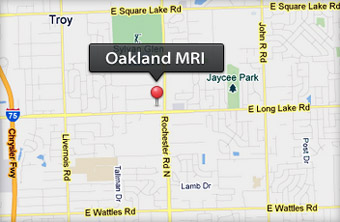Lourenco AP; Chung MT; Mainiero MB
Alpert Medical School, Brown University, Providence, Rhode Island, USA. alourenco@lifespan.org
OBJECTIVES: The purpose of this study was to determine the utility of targeted sonography in the management of probably benign breast lesions detected on magnetic resonance imaging (MRI).
METHODS: A total of 4370 consecutive contrast-enhanced breast MRI examinations from March 1, 2004, to March 1, 2009, were retrospectively reviewed. The study was Health Insurance Portability and Accountability Act compliant and Institutional Review Board approved. When targeted sonography was recommended for a Breast Imaging Reporting and Data System (BI-RADS) category 3 examination, results of the sonography and any subsequent breast pathologic examinations were recorded. The frequency of identifying the MRI-detected lesions and the rate at which the BI-RADS category was changed by sonography were calculated for mass and non-mass-like lesions.

